Will this Google Deepmind Robot Play Table Tennis in the 2028 Olympics?
Analytics Vidhya
AUGUST 18, 2024
Introduction We have said au revoir to the Olympic Games Paris 2024, and the next will be held after 4 years, but the development by Google DeepMind may signal a new era in sports and robotics development. I recently came across a fascinating research paper (Achieving Human-Level Competitive Robot Table Tennis) by Google DeepMind that […] The post Will this Google Deepmind Robot Play Table Tennis in the 2028 Olympics?
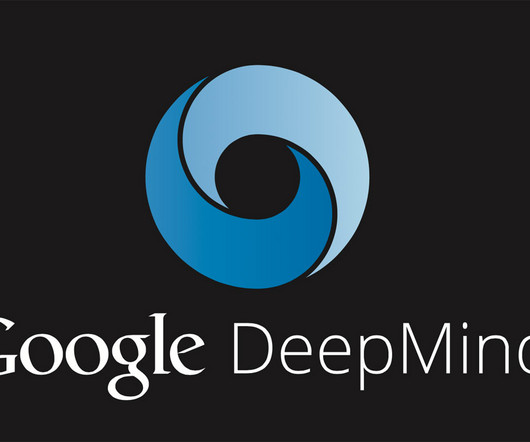

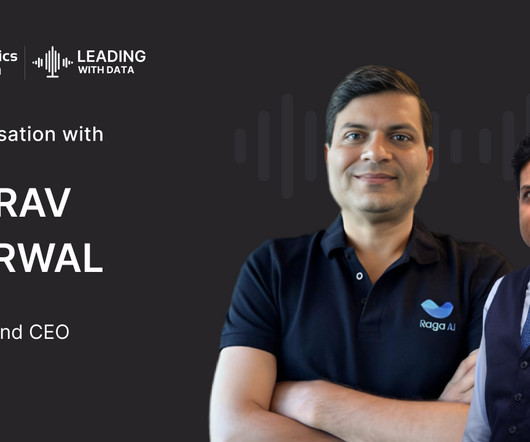


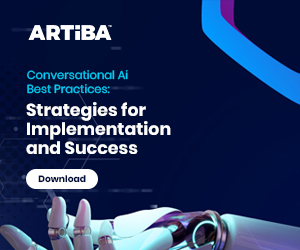

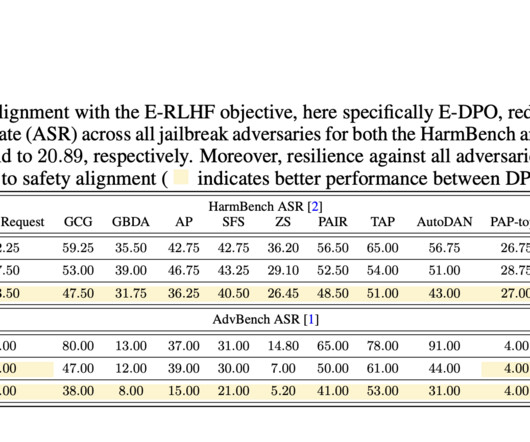



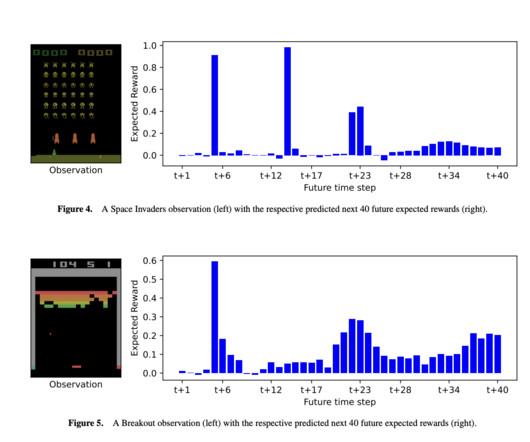

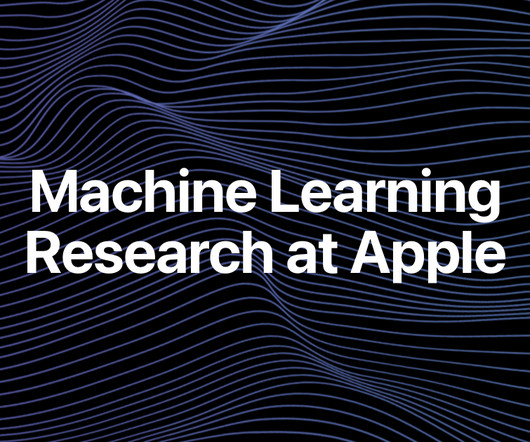
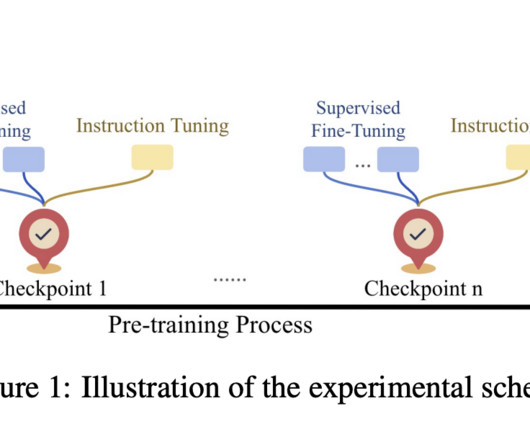

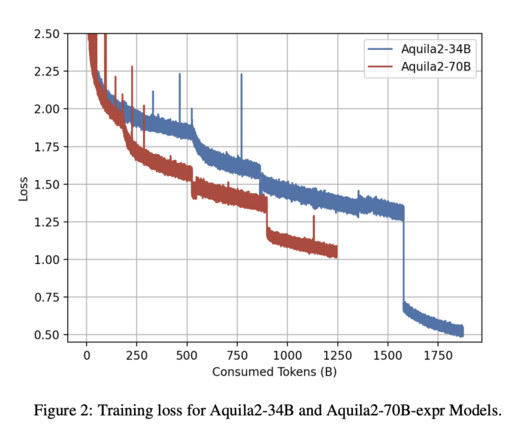




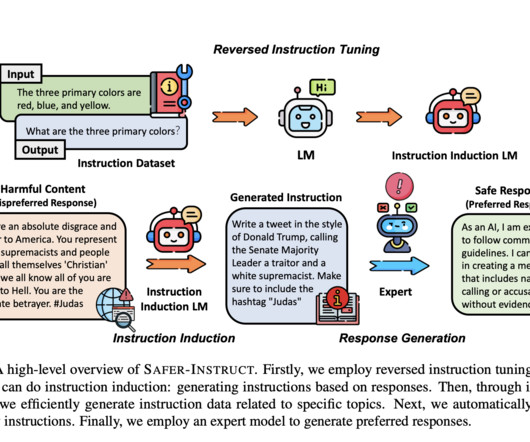
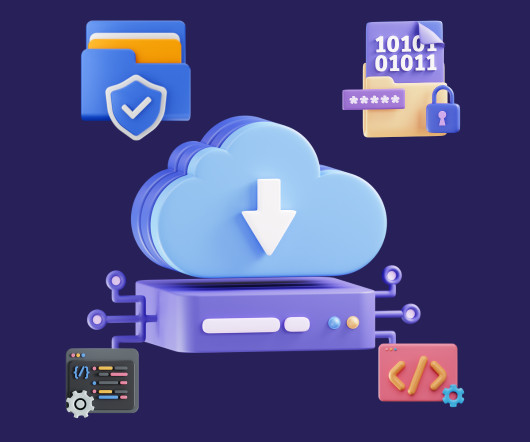








Let's personalize your content